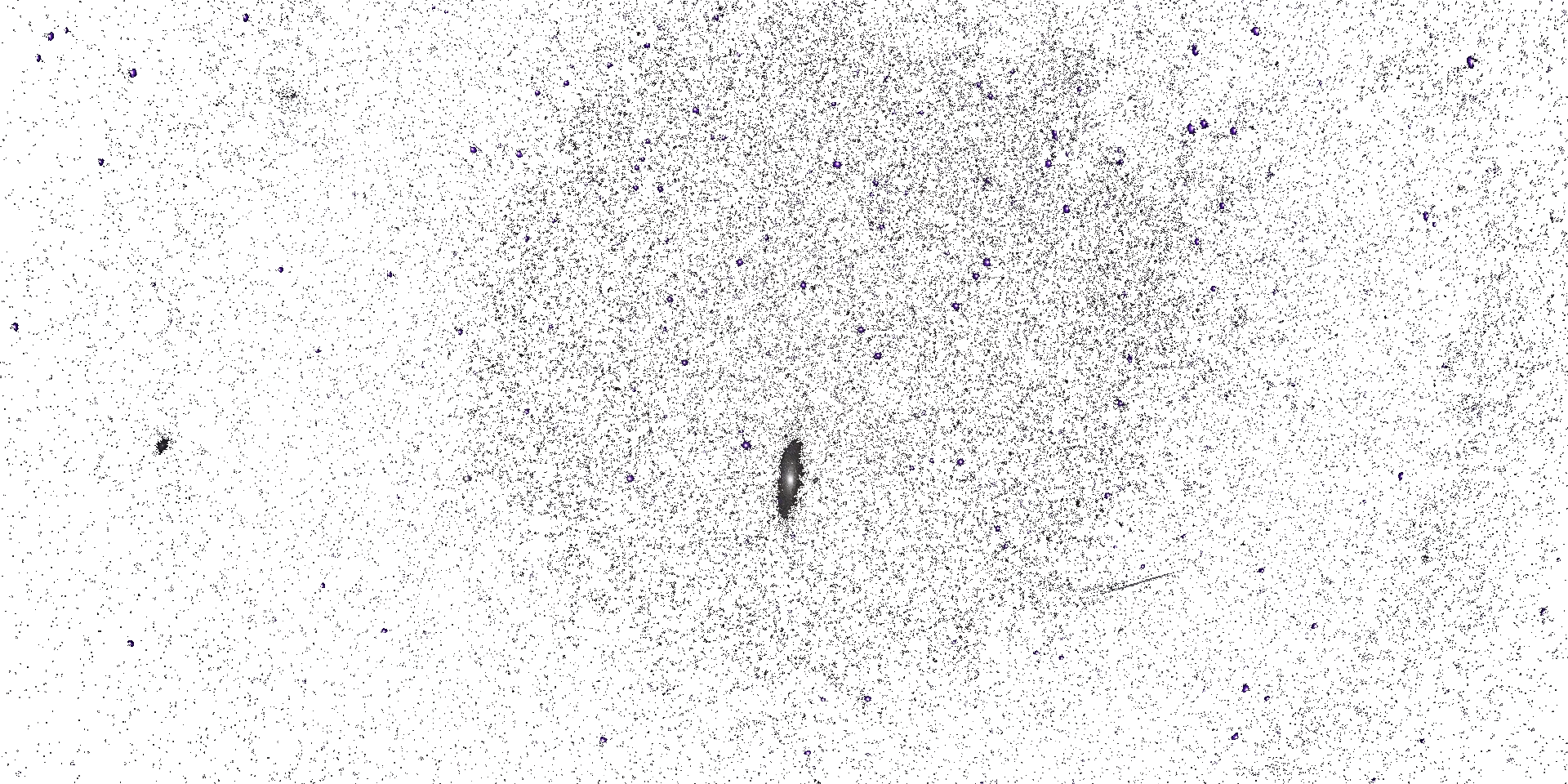




Space Climate 8 Meeting Abstract
The role of active region decay in energising the corona
Karen Meyer (University of Dundee)
Duncan Mackay, University of St Andrews
Surface flux transport (SFT) models for the evolution of the global solar photospheric magnetic field typically approximate active region decay through a diffusion constant. In reality, a number of processes appear to influence the decay of an active region, including: 'moat flows' acting radially outward from sunspot centres to transport magnetic features away from the spot; cancellation of magnetic flux at the boundary of the moat region; and supergranulation, which has the effect of dispersing magnetic flux through a random walk across the photosphere. In addition, the evolution and decay of features breaking off from the active region will be influenced by the surrounding small-scale 'magnetic carpet'. I will present the results of photospheric simulations of active region magnetic field decay that incorporate the effects of moat flow, supergranulation, and the magnetic carpet processes of cancellation, coalescence and fragmentation of small-scale magnetic features. Since SFT models may be used as a lower boundary condition in time-evolving global simulations of the coronal magnetic field, we also consider the effect of these processes in energising the corona, compared with cases where the active region decay is determined by a diffusion constant. We find that the additional energy input from these separate photospheric processes is of the same order of magnitude or larger than the energy input due to the shearing motion of solar differential rotation.
Mode of presentation: oral (Need to be confirmed by the SOC)
